Table of Contents
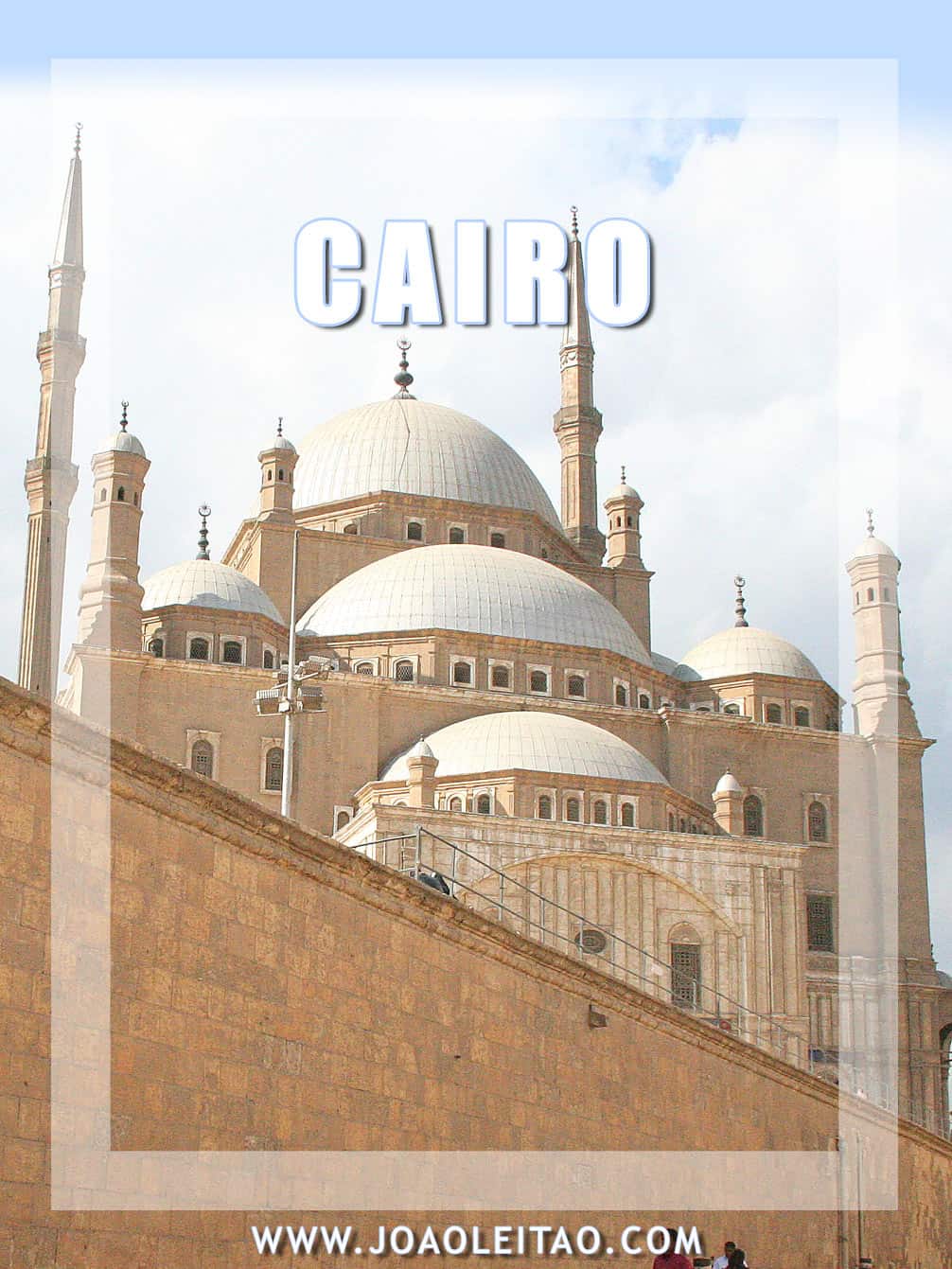
Cairo is the capital of Egypt. This city with over 16 million people stretches alongside the East shore of the Nile River, and it’s the largest city of the Middle East and Africa. From its many viewpoints, we have exceptional views over the river and neighboring valleys, and the dry desert.
Cairo is a city that carries us to legends lost in time. We can’t speak of Cairo without thinking of the Pharaohs. It’s such a massive city that it’s hard to figure out what to visit first. Of course, when we talk about this Arab city, we can’t forget to mention three main sites: the pyramids, the Nile River, and the Egyptian Museum.
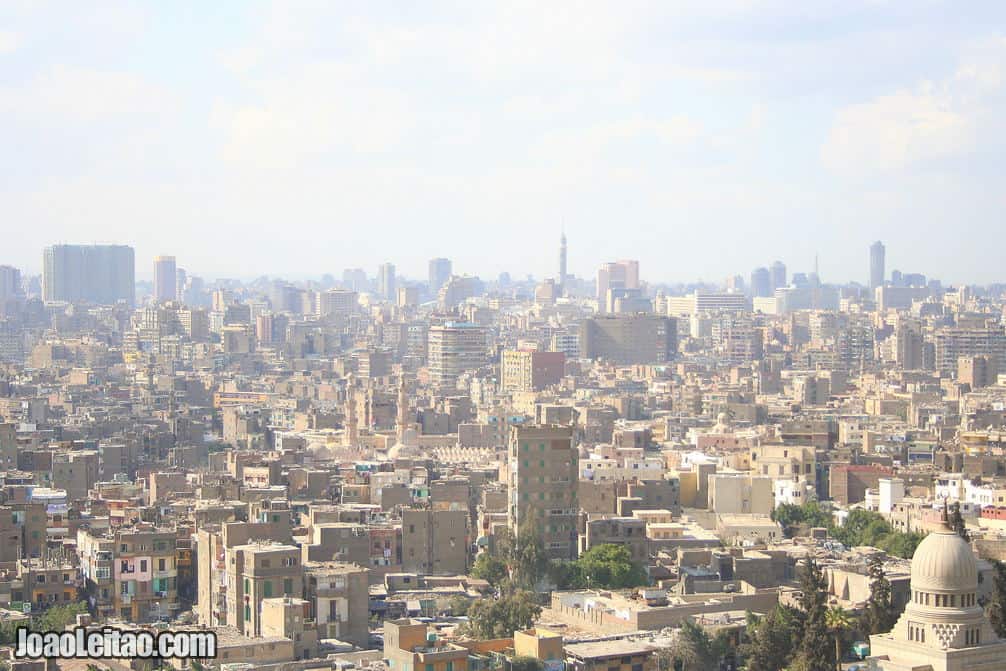
Cairo’s population is mainly Muslim, and as in any Muslim country, you must respect their traditions and customs. Cairo’s main tourist attraction is the Great Pyramids of Giza, but the city possesses many more heritage sites beyond that. An itinerary of this city should also include the Al-Azhar Mosque, the fabulous Egyptian Museum built in 1857, the Coptic Museum, and the Museum of Islamic Art.
Cairo Top 5
Giza Pyramid Complex
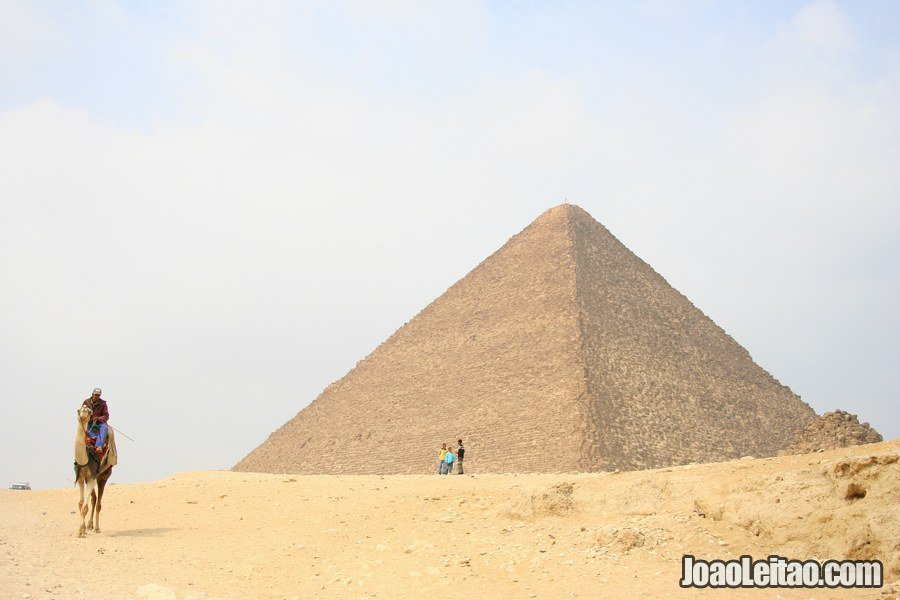
Mosque of Muhammad Ali
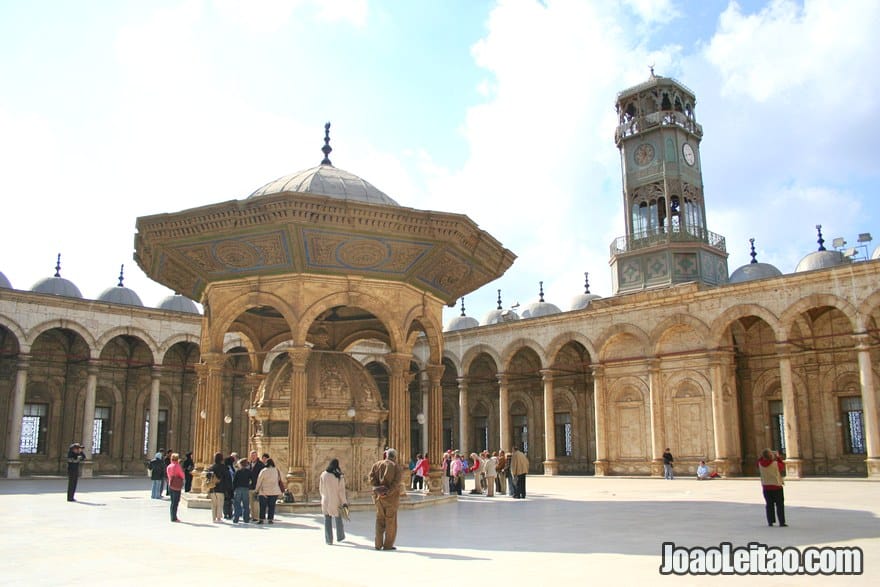
Khan al Khalili
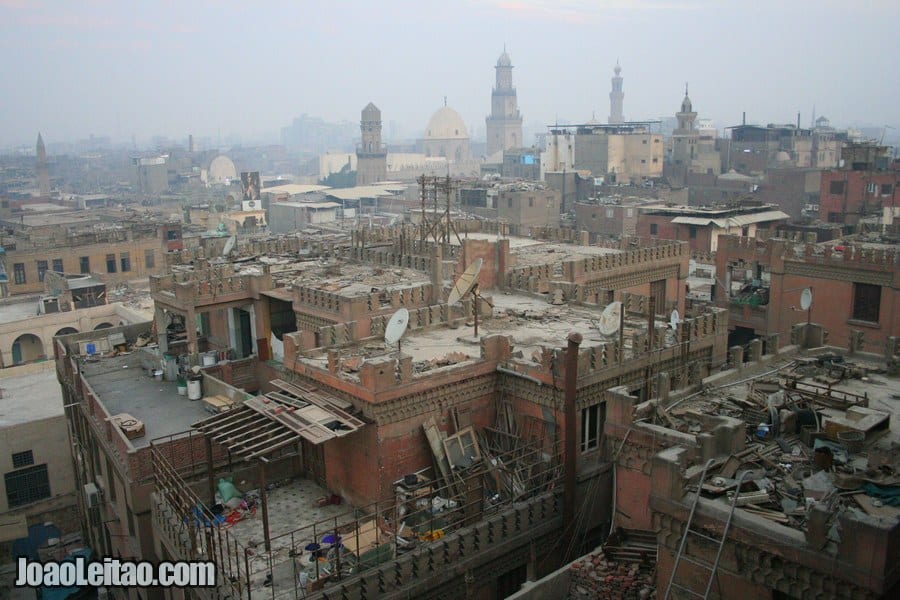
Cairo Museum
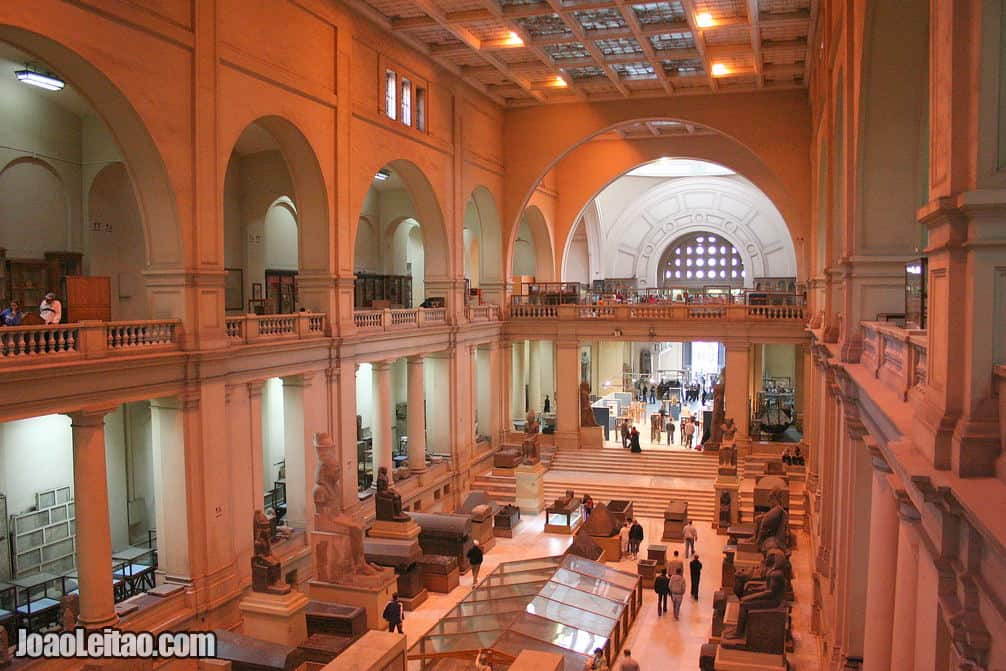
City of the Dead
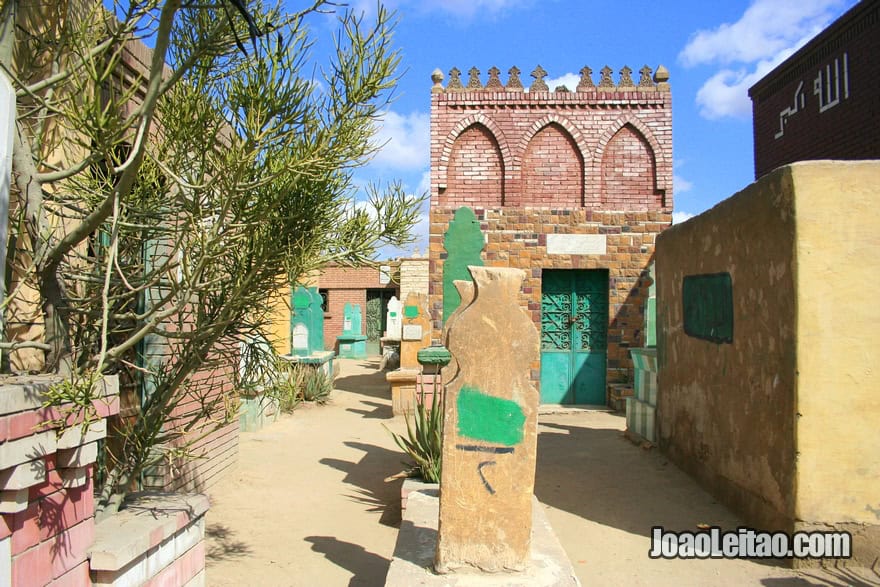
What to visit in Cairo
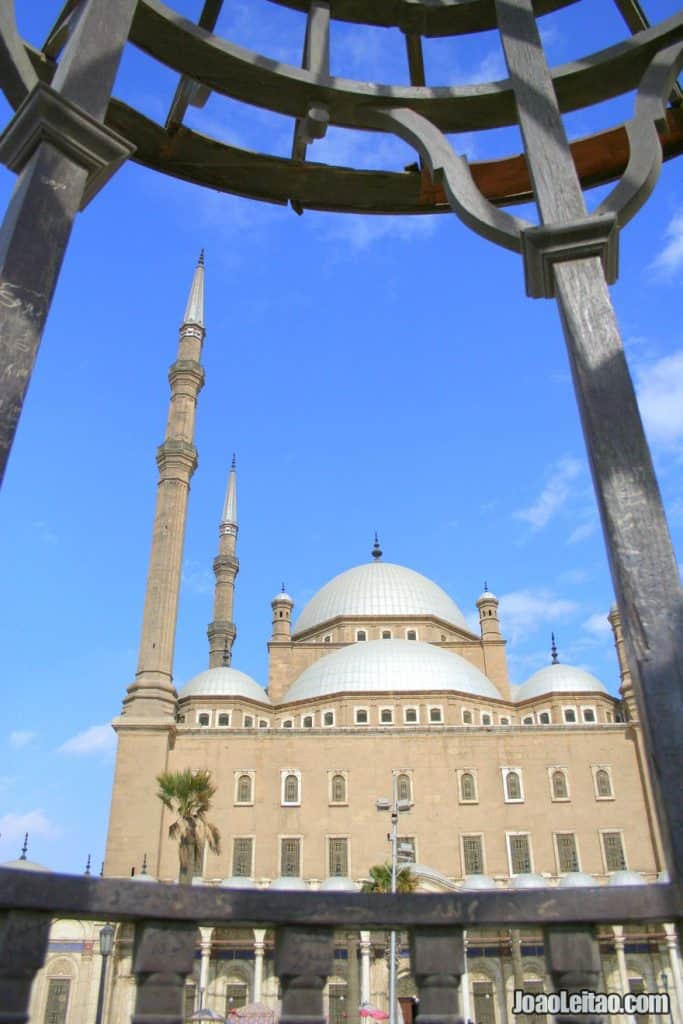
Most famous sites
- Egyptian Museum
- Khan al Khalili Neighborhood
- Mosque of Muhammad Ali
- Al Azhar Park
- Giza Necropolis
- Funerary Complex of Djoser
- The Hanging Church
- Coptic Museum
- Mosque of Ibn Tulun
- Mosque of Sultan Hassan
- Tahrir Square
- Ben Ezra Synagogue
- City of the Dead
- Cairo Tower
- Bab Zuweila
- Al Hussein Mosque
- Saint Barbara Church
- Al-Hakim Mosque
- Manial Palace
- Gayer-Anderson Museum
- El Seheimy House
- Abdeen Palace
- Museum of Islamic Ceramics
- Al Aqmar Mosque
- Bab Al Nasr
- Museum Mukhtar
- Beshtak Palace
- Aqsunqur Mosque
Map of Attractions
Tours in Cairo
Cairo City Guide
Giza Necropolis
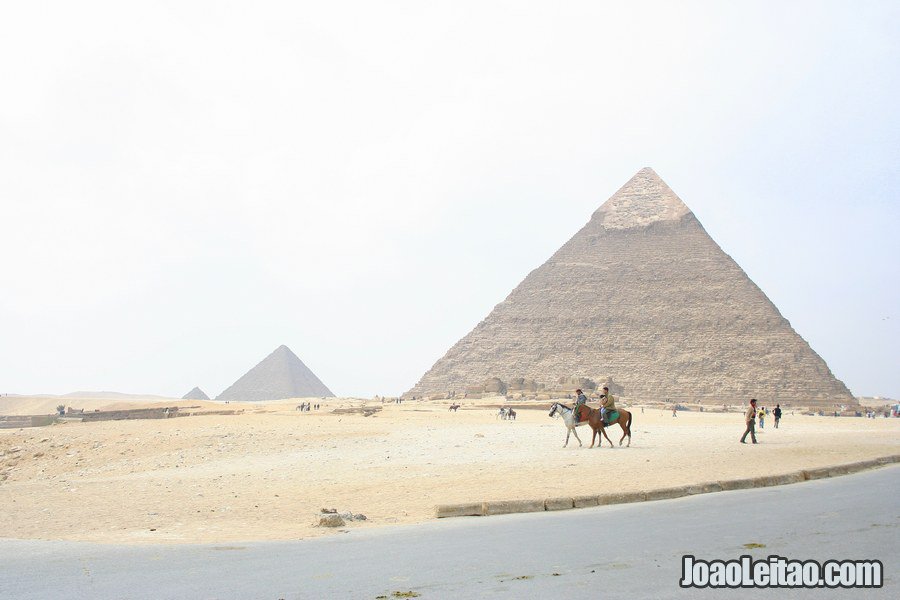
The Giza Necropolis, also known as the Giza Pyramid Complex, is an archaeological site at the Giza plateau on the outskirts of Cairo. This complex is formed by three sets of pyramids, commonly known as the Great Pyramids, the impressive and massive Great Sphinx, several cemeteries, a small town where artisans and workers used to live, and the industrial area. It’s in the middle of the desert, a half-hour drive from Cairo. It’s one of the oldest great wonders of the world, remarkably well-preserved, and clear evidence of the greatness of both the New Empire and Ancient Egypt. The main pyramids are Giza or Cheops, Chephren, and the Pyramids of Mykerinus. They are the graves of Kings Cheops, Chephren, and Mykerinus, father, son, and grandson respectively. These are the most famous monuments in the world, which make a lot of people wonder how they could make such spectacular constructions at that time. Math and engineering had to be quite advanced to result in such breathtaking buildings.
The Great Sphinx
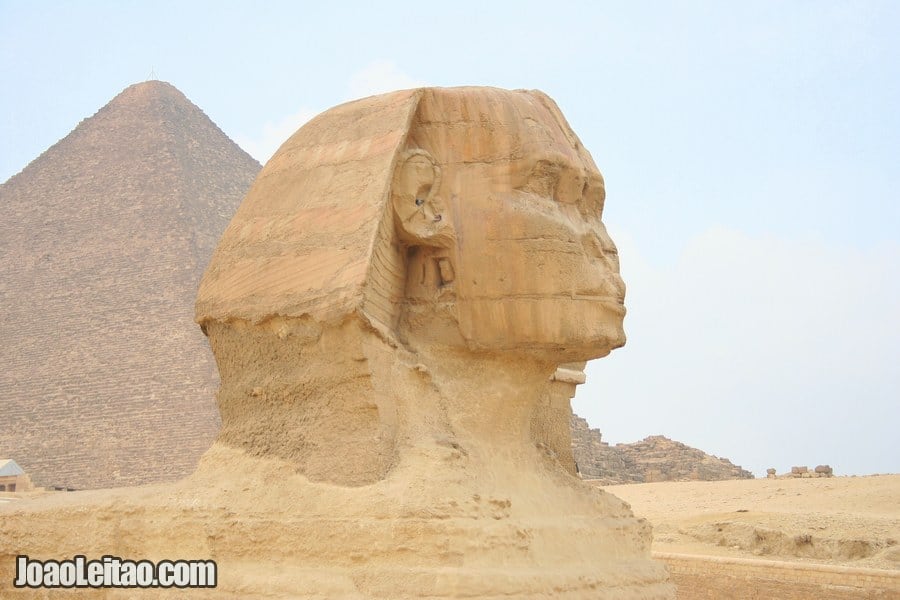
The Great Sphynx is a massive statue made of limestone at the Giza Necropolis archaeological site. The mythological creature with the body of a lion and a human head sits on the Giza Plateau, on the shore of the Nile River. Most archaeologists believe the statue’s face depicts Pharaoh Chephren. It’s the most massive statue in the world carved on a monolith, with 74 meters in length and about 20 in height. This gigantic statue was buried under desert sand up to the lion’s shoulders. Thutmose IV in 1400 BC ordered the statue to be unearthed until the lion’s front paws, but with no success. Later, Ramses II the Great also tried to do it, but unsuccessfully. In the 19th century, archaeologist Giovanni Battista Caviglia managed to uncover the sphynx’s chest completely and in the 1930s Émile Baraize led a team in charge of digging the whole monument.
Funerary Complex of Djoser

The Funerary Complex of Djoser, known as the Pyramid of Djoser or the Pyramid of Saqqara, was built as a grave for Pharaoh Djoser by his vizier or royal architect Imhotep. This pyramid was built in the 27th century BC at the Necropolis of Saqqara, near what’s known today as the city of Memphis. The building is massive and is full of ceremonial décor elements which make it even more appealing. Archaeologists are sure this was the first pyramid ever built in Egypt, which they can tell by the revisions made to the building as construction progressed. The pyramid was seen as a temple where the Pharaoh could rest and carry on his work after death.
Cairo Citadel
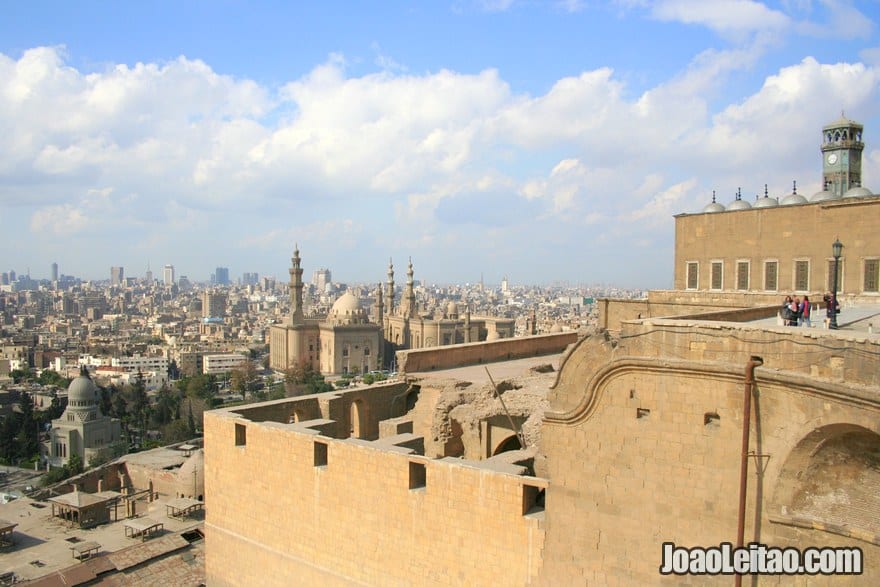
It’s no surprise that the Cairo Citadel is one of the sites in Cairo that most appeal to tourists and Egypt enthusiasts. Being here is indeed a once in a lifetime experience. This city was the headquarters of the Egyptian government for almost 1,000 years, founded in 1176 by Saladin, a Muslim. The citadel is organized into three sectors, the main one in the south where you can see the 19th-century Mosque of Muhammad Ali and the Al-Nasir Muhammad Mosque. This medieval Islamic fortress in Cairo is an open-air museum and a historic site with museums and monuments (mostly mosques), with gorgeous views of the city.
Saladin said “with one wall I will build two cities, Cairo and Fustat,” as a way to better defend the land. That way it was hard to attack the main government center, which explains why they stayed here until the end of the 19th century. Some call it Muhammad Ali Citadel because of the mosque with the same name at the top. Because the name is an attention-grabber, it became popular to call it like that. Must-visits here include the Al-Gawhara Palace Museum, Carriage Museum, Military Museum, and Police Museum.
Mosque of Muhammad Ali
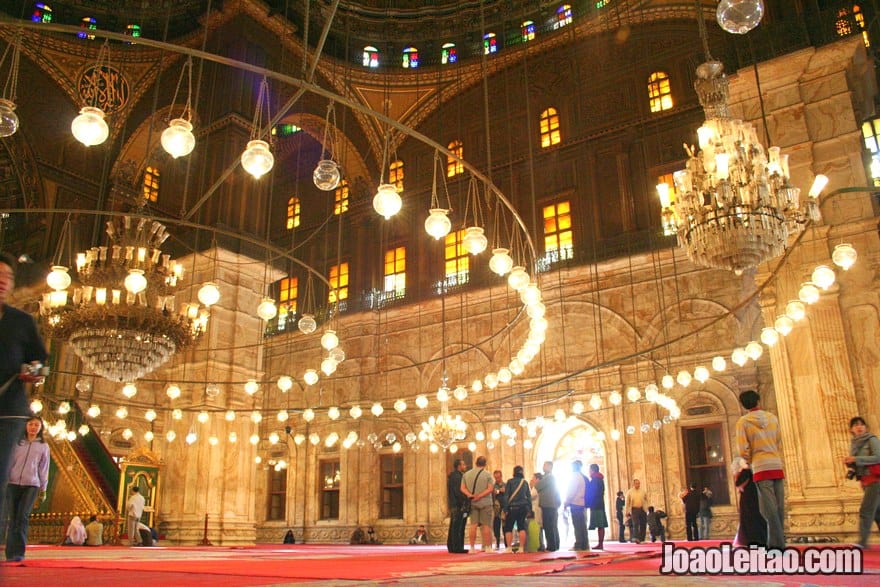
The Mosque of Muhammad Ali at the Cairo Citadel is a monument commissioned by Muhammad Ali Pasha in the 19th century to honor his first-born son who died very young. It’s an Ottoman-style mosque at the top of the citadel that you can see from anywhere in Cairo.
The monument is absolutely stunning. It’s one of the main tourist attractions in the city, which, together with the Cairo Citadel, is visited by thousands of tourists every year. Architect Yusuf Bushnak was inspired by the style of the Yeni Mosque in Istanbul. The main dome is encircled by four smaller domes and four semicircular domes.
This limestone mosque is square (41×41 meters), the main dome is 21 meters high, and the building is 52 meters high in total. It has two cylindric minarets on the west side, both with balconies and 82 meters tall.
Khan al Khalili Neighborhood

Khan el Khalili started as a commercial area and turned into a residential neighborhood for the merchants and their families. It’s organized like a massive market, with narrow winding streets where you can find thousands of stalls selling all kinds of products. The streets are always busy and crowded. In addition to coming here to buy all you need, you can also come here just for tea, socialize at cafes, attend concerts, or even take part in a crafts workshop.
This is one of the most prestigious commercial centers in Cairo. You can find anything here from shoes to fabrics, spices, jewels, perfume, food, and souvenirs. In Arabic, it’s called a souk, which means bazaar or market, and all Islamic societies have one with the same features and different sizes. The smell of spices, hurried people walking down the streets, and the colors of fabrics flowing are common to all markets. It’s always a memorable experience.
Tahrir Square
Tahrir Square, or Liberation Square in English, is the largest public square in the center of the Egyptian capital, Cairo. It was first called Ismail Square, in honor of Pasha Ismail, the Viceroy who ruled in the 19th century and was responsible for many of the architectural projects that preserved and improved the city. After the Egyptian Revolution of 1952, the country was no longer a constitutional monarchy and became a republic. At that time, the square’s name was changed to Midan al-Tahrir or Liberation Square. Some of the most important buildings are located around this square, such as the Egyptian Museum, the old campus of the American University, the Sadat metro station, and government sites like the Mogamma building and the former headquarter of the National Democratic Party of Hosni Mubarak. At this square, important events happened that would change the course of History for Cairo and the country: the Bread Riots (1977), the protests against the War of Iraq (March 2003), and, more recently, the Arab Spring, the revolution that took down president Mubarak.
City of the Dead
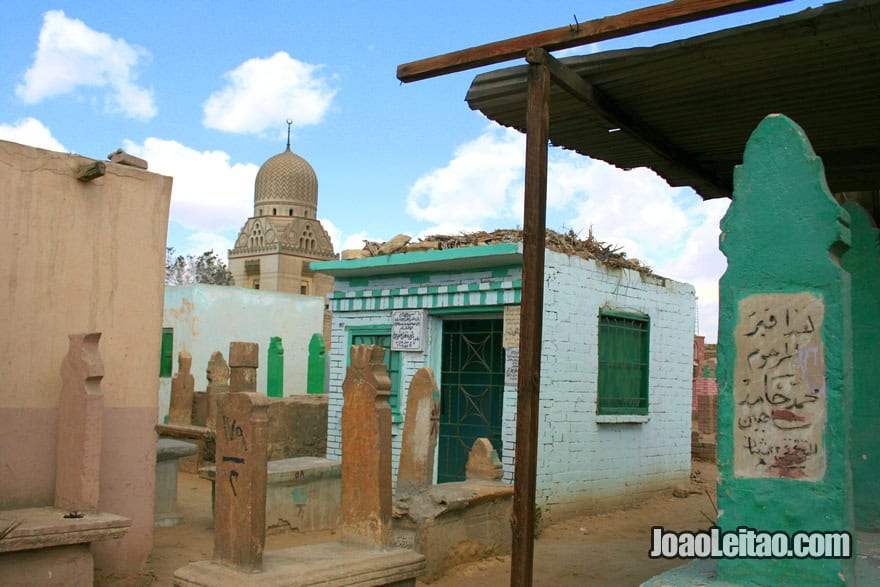
The City of the Dead is a cemetery on the lowlands of Mokattam Hills, southeast of Cairo. Locals call it Al’Arafa, which means The Cemetery. You can see how burying the dead here is quite different from the Western tradition. The tombs are a sort of house where family members can spend 40 days with the deceased and grieve. However, things got a bit out of hand here, and people stayed for a lot more than 40 days. It’s considered the largest necropolis in the world, with about one million people living inside the cemetery. Some people live inside the tombs, while others built houses around the cemetery. I know it’s hard to believe, but you have every facility you need to live a normal life, including bakeries, cafes, and schools. Although huge, the city of the dead is more of a village. Locals here are impoverished and live without electricity and drinking water, with all the socio-economic issues that arise from that situation.
Egyptian Museum
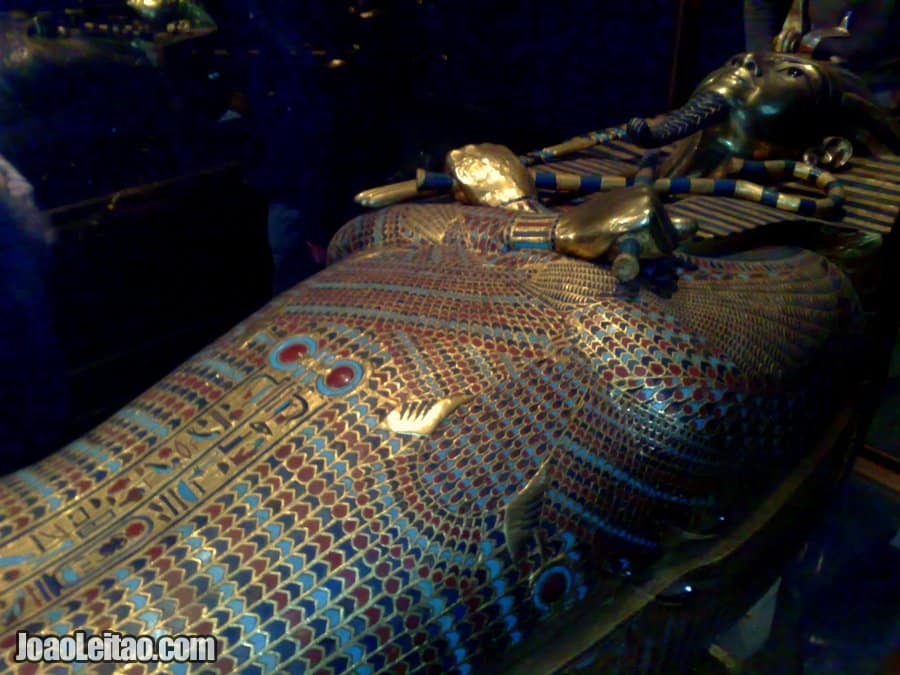
The Egyptian Museum is the most important institution and museum in Egypt. At this center in the country’s capital city, Cairo, there are over 120,000 pieces from Ancient Egypt found over the years, especially since the archaeological works that began in the 19th century. This museum was inaugurated in 1858 with pieces donated by French archaeologist Auguste Mariette. A few years later the museum library was established and immediately became the most important archive of Ancient Egypt’s civilization studies. The museum also houses the treasure of Pharaoh Tutankhamun.
The Cairo Egyptian Museum is impressive and the countless pieces of Ancient Egypt will completely blow your mind in just a few hours. In the 19th century, the Egyptian government built this museum to preserve and save the treasures of Ancient Egypt. At the time, Egyptian monuments were constantly looted and the government had just forbidden the export of archaeological findings. The two-floor building inaugurated in 1902 is in the city center, in the heart of Cairo.


